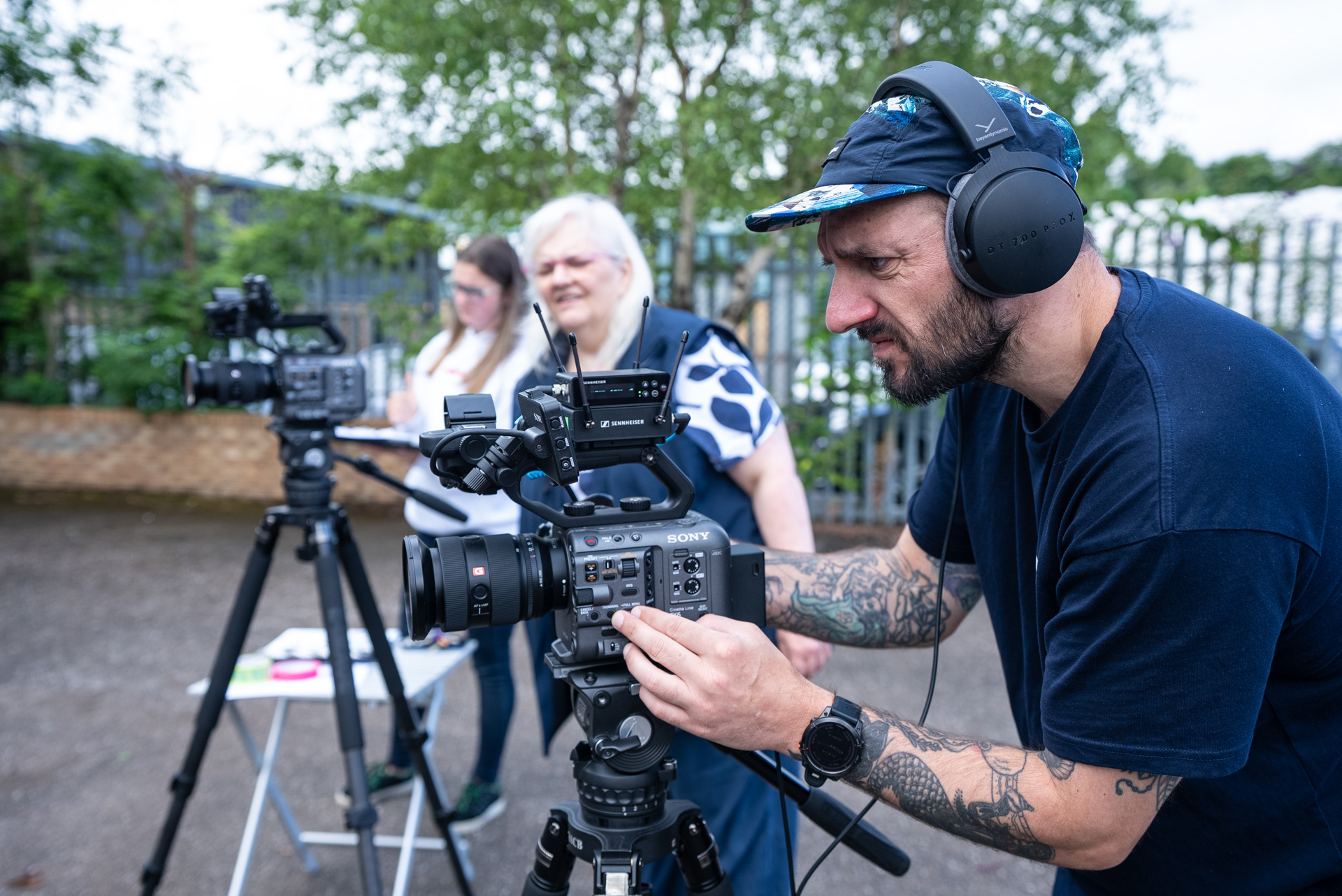Some things just stick with you, don’t they?
Think back to the last time someone told you an amazing story in a professional setting—not just a dry list of facts or bullet points, but something you could vividly picture. Perhaps you imagined the setting, heard the background noise, felt the energy, or even caught a scent in the air. You weren’t just hearing it—you were in it.
That’s the power of storytelling. It doesn’t just help us understand information—it helps us feel it. And when people feel something, they remember it. They care about it. It resonates. That emotional connection makes people more likely to act on the change the story is encouraging.
When we tell a story, we don’t just share information—we invite our audience into an experience. They’re not passive listeners; they become participants. And that level of engagement is incredibly powerful.
But why does storytelling matter in a professional setting? All too often, we default to numbers, reports, and slide decks. Sure, those have their place and are important—but they rarely move people emotionally.
“Emotion” is even a bit taboo at work. We’re expected to be businesslike and stoic—get the job done through data and analytics. But the truth is, we’re not robots. We don’t leave our emotions at the door when we clock in.
Tapping into emotion at work is actually an incredibly valuable tool. Emotions help us relate, understand, and collaborate better. That’s why storytelling is such a powerful professional asset. When we create an emotional response in people, it becomes a shared experience—and people are much more likely to connect with your message.
Let’s be clear—data still matters. Numbers help us rationalise, make sense of the world, and support our decisions. But if we want to inspire action or build connections, numbers alone often fall short.
Our brains are wired for stories. And there’s science to back it up—certain types of stories trigger strong physiological responses:
- Oxytocin: Builds trust and empathy. Research has shown that oxytocin is linked to behavioural change. In one study, participants exposed to strong storytelling were more likely to donate to charity.
- Dopamine: Increases focus and gives us that rewarding feeling of a satisfying story arc. It also enhances memory and helps guide future behaviour.
- Endorphins: Help us feel relaxed, creative, collaborative, and motivated.
Why it matters
Imagine you’re talking to customers about a product, leading a training session, pitching an idea, or presenting to your team. You’ve got two options: you can deliver the facts as-is, or you can frame them in a story that illustrates why they matter.
If you choose the straightforward facts, there’s a good chance you’ll lose people along the way—and those who stay might not feel emotionally connected enough to take action. Storytelling changes that. It doesn’t dilute your data and facts; it enhances them. It keeps attention, ensures understanding, and makes your message felt—so people are much more likely to follow through.
Take this example: you’re presenting a new veterinary drug. You could delve into pharmacology, data, and mechanism of action—all vital information. But if you pair it with a real-life story—a case study showing how the drug improved a patient’s outcome and brought relief to an owner—it suddenly becomes relevant. It’s no longer just science - it’s something that matters.
In Summary
A good story brings clarity to complexity. It transforms theory into emotion. It cuts through the noise and makes your message memorable.
That’s how you get buy-in. That’s how you build motivation. And that’s how you create meaningful change.
`




